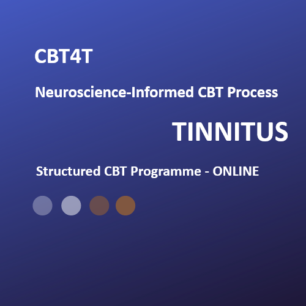Example:
Let's take an example of someone who feels generally anxious all the time and has done for a long time. They don't know why they feel anxious, but they do and as a result they are even anxious about being anxious! Every little thing seems to worry them and they see ahead of them a very bleak future because of it.
The likeilihood is they believe they have no control of their thoughts, they are probably creating stories in their minds imagining 'worst case scenarios', they feel physically tense and stressed, have aches and pains........ and feel trapped in the way they are and can see no way out. This leads to more belief that they have no control of their thoughts, negative thoughts become 'the norm' and they really don't like who/what they have become.... it's a downward spiral.
This experience is very frightenening indeed, and of course "fear is anxiety".
Preparation:
Before even considering starting to use CBT (or any other process of therapy that requires us to think clearly), we need to be able / have the capability to think coherently. This can NOT happen when anxiety/stress (arousal) levels are high. The limbic centre (emotional centre in the brain) is hyperactive, which means that the neocortex (the part of the the brain we use to think logically, reasonably and coherently) is completely overwhelmed.
This is due to a huge imbalance in the Autonomic Nervous System (ANS) - within the limbic centre. There is so much arousal (stress) activity being created in the Sympathetic Nervous System (SNS) that it causes a huge depletion of Parasympathetic Nervous System (PNS) activity.
It genuinely is IMPOSSIBLE to "think" your way out of this.
What needs to happen is rebalancing of the ANS - reducing SNS (brain chemicals causing arousal) through physiologically engaging the PNS (the antidote brain chemicals to arousal). To find out more go to the page Neuropsychotherapy and keep an eye out for lots more in Articles of Interest
The most effective method I know that does this is using 'the breath'. It is amazingly simple and amazingly effective. It does work for EVERYONE. It is human physiology.
The breathing method I teach - based on natural breathing (not deep breathing that can induce hyperventilation when someone is very stressed) - increases PNS activity, and carried out regularly - it takes 2-4 minutes at least 3 times each day - leads to the necessary reduction of arousal (SNS activity) over a period of 2-4 weeks most commonly.
Using the breathing exercise in this way frees up the neocortex sufficiently to be able to think more coherently and begin to use the CBT process (or any other method of "thinking" or "talking" therapy. Go to next page: The CBT Process
